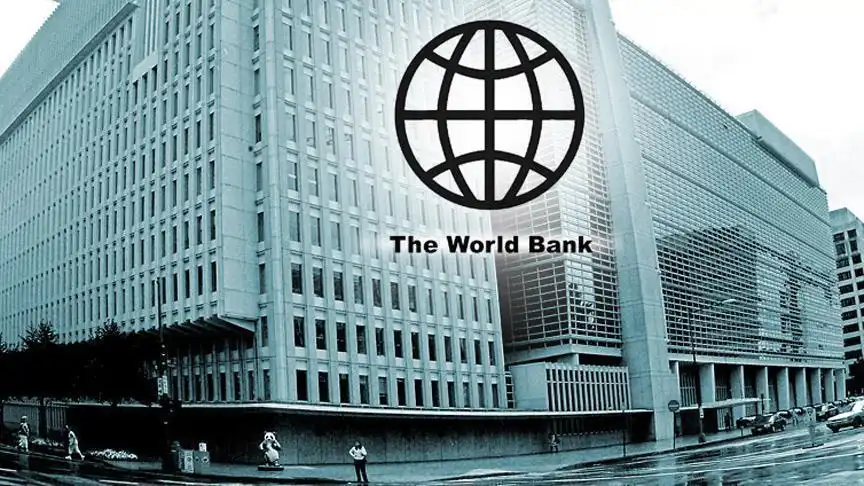The World Bank has revised its 2025 growth projection for Sub-Saharan Africa to 3.8%, up from 3.5%, despite global trade tensions and high borrowing costs.
The October 2025 “Africa’s Pulse” report forecasts further acceleration to 4.4% in 2025-2026, slightly above the prior 4.3% estimate.
Country-Specific Trends
Growth forecasts improved for 30 of 47 regional economies, including Ethiopia (+0.7%), Nigeria (+0.6%), and Côte d’Ivoire (+0.5%).
However, Angola, Botswana, Mozambique, Senegal, and Zambia face downgraded projections. Improved trade terms and stabilizing currencies drive the positive outlook.
Inflation and Consumption Boost
Median inflation dropped from 9.3% in 2022 to 4.5% in 2024, projected to stabilize at 3.9-4% through 2026.
Single-digit inflation now covers 37 countries, up from 27 in 2022. Easing inflation and looser monetary policies have spurred household spending and investment, though fiscal tightening poses risks.
Commodity and Currency Gains
Falling commodity prices, including a 4% drop in the World Bank’s food index and a 16% decline in Brent crude oil in August 2025, eased inflationary pressures.
Stronger currencies, like Ghana’s cedi (+20%) and Zambia’s kwacha (+16%), lowered local fuel and food costs.
Limited Trade Risks
Sub-Saharan Africa’s minimal trade exposure to the US shields it from new tariff impacts under President Trump. The region is pivoting to alternative trade partners, enhancing economic resilience.
Persistent Challenges
Despite growth, 23 countries face debt distress, up from eight in 2014, due to heavy borrowing and weak revenues. GDP per capita growth, at 1.3% in 2025 and 1.9% by 2027, is too slow to significantly cut poverty.
The poverty rate, at $3/day, may drop from 50% in 2024 to 48.4% by 2027, but the number of poor could rise to 671 million.
Outlook and Concerns
While economic momentum builds, the World Bank warns that growth remains insufficient to transform living standards or reduce inequality, leaving the region vulnerable to global financial shocks.
South Africa’s Private Sector Sees Steady Growth in September























